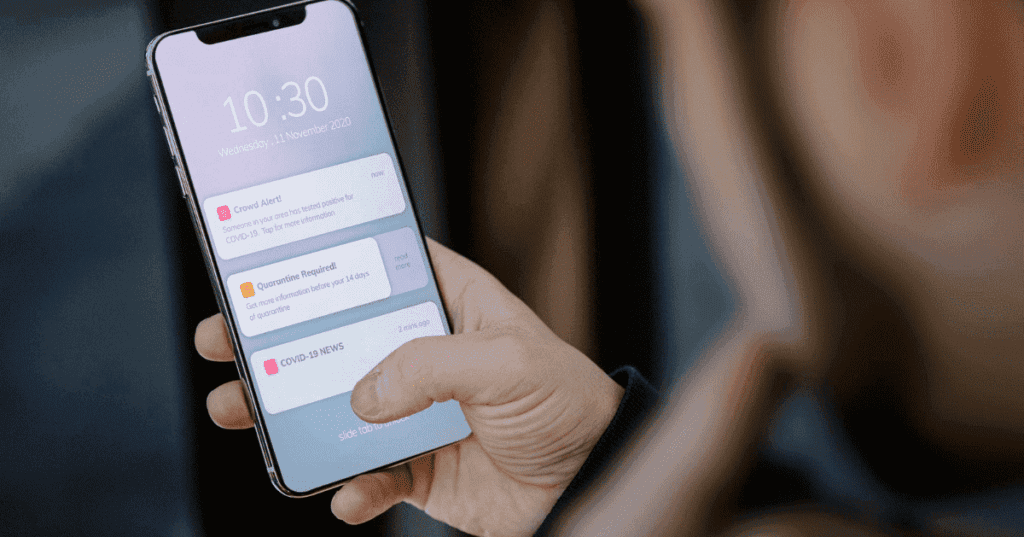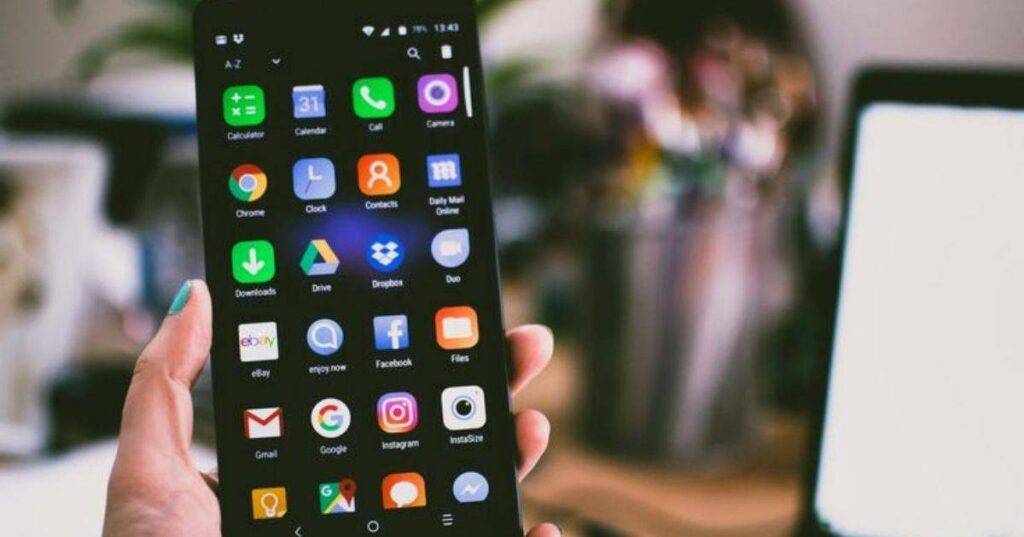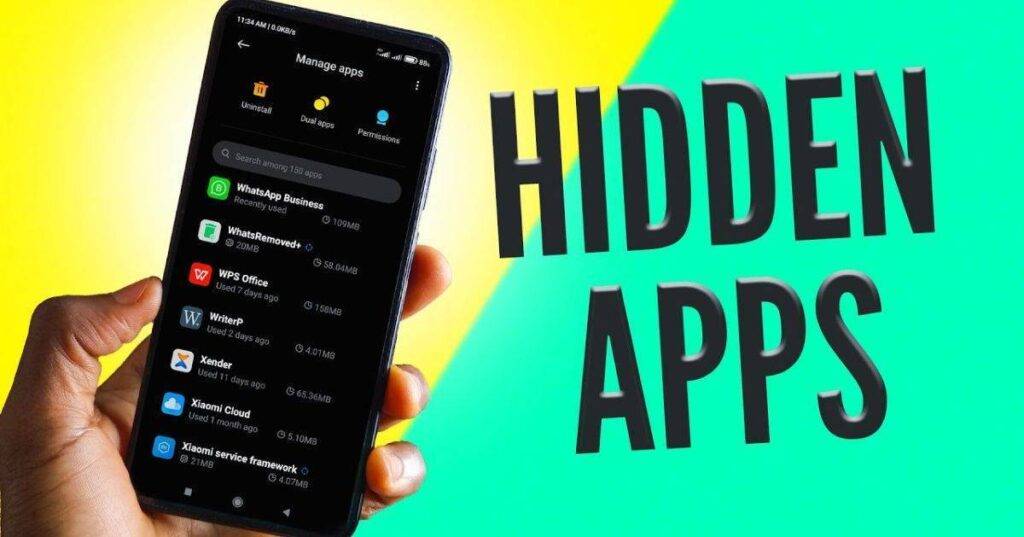Ever wondered if your private browsing on an iPhone is truly private? Can it keep your online activities hidden from others? Well, you’re not alone! Many people have the same question: Can private browsing be traced on iPhone, or can others still find out what you did online?
In today’s digital world, our phones are like our best friends. We use them for everything, from searching the web to shopping. Private browsing, or “Incognito Mode,” as some call it, seems like a great way to do things without leaving any traces. But is it as safe as it sounds?
In this article, we’ll examine how private browsing works on iPhones and determine if it can genuinely protect your privacy. We’ll explain it in simple words and clear up any misunderstandings.
What is iOS Private Browsing?
iOS Private Browsing is like a secret passageway on your iPhone or iPad. When you activate it, your device won’t store any record of the websites you visit or the searches you make. It’s like having a temporary veil of anonymity as you wander through the internet.
The Limits of Anonymity
As appealing as it sounds, iOS Private Browsing isn’t an invisibility cloak. It only hides your browsing activities from people accessing your device. So, if someone else gets their hands on your phone, they won’t see your browsing history, but be cautious if you share your device.
External Eyes are Watching
While your iPhone may keep your browsing history under wraps, your internet service provider (ISP) and other external entities can still see what you’re up to online. So, if you’re considering using private browsing for something super-secret, remember that it won’t shield you from these external eyes.
The Ephemeral Protection
The cloak of privacy that iOS Private Browsing provides is temporary. It encrypts your data only for the duration of your private session. Once you’re done, the cloak lifts and any traces of your online escapades vanish.
The Persistent Cookies and Cache
Cookies and cache are like little crumbs that websites leave behind. While private browsing can fend off cookies during your session, it doesn’t do much about the cache. Some remnants of browsing activities might linger in your device’s cache even after your private session ends.
You can also read: Is Android System WebView a Spy App?
How to Activate Private Browsing on an iPhone?
To use Private Browsing on your iPhone and keep your online activities private, follow these easy steps:
Step 1: Find and tap the Safari browser icon on your home screen.
Step 2: Look for the tab icon, which looks like two squares on top of each other. Tap it to open a new tab.
Step 3: Find and tap the “Private” button once you see the tabs. It will turn on Private Browsing.
Step 4: Congratulations! Now you can browse the internet without leaving any traces on your device.
Step 5: Remember that Private Browsing only hides your history from people using your iPhone. It won’t protect you from your Internet Service Provider or others watching your Internet activity.
Can Private Browsing Be Tracked on WIFI?
Private browsing can hide your local browsing history and cookies on your device but cannot entirely prevent WIFI from tracking your online activities. WIFI routers keep a record of connected devices and the websites they visit, even when in private mode. A VPN can provide an additional degree of security, but it cannot ensure your entire anonymity. To enhance online privacy, being cautious and mindful of your actions while using WIFI networks is essential.
The Hidden Dangers of Private Browsing on iPhone
Many rely on private browsing on their iPhones to keep their online activities private and secure. It is a haven where our browsing history, cookies, and cache won’t be stored. However, let me shed some light on the truth behind this seemingly impregnable feature – it’s not as foolproof as you might think.
You’re Not as Anonymous as You Think
When you’re in private browsing mode, your device’s local data might be safe, but it’s not enough to protect your identity from being exposed. Websites you visit, internet service providers, and network administrators can still see your IP address and track your online movements.
Watch Out for Cross-Device Tracking
To make things even more complex, our digital world is interconnected. This opens the door to cross-device tracking, where sneaky identifiers link your activities across different gadgets. So, your once private browsing experience can suddenly become an open book for advertisers and data brokers.
Sneaky Third-Party Trackers
Third-party trackers are like little spies hiding in the corners of the internet. They exploit weaknesses in your browser to gather information about your online behavior without you knowing. Then they sell this data to advertisers and others who want to know your every move.
How to Stay Untracked While Browsing Privately?
When surfing the web privately, ensuring your digital footprints remain hidden is essential. We all value our privacy, and with a few simple steps, you can shield your online activities from prying eyes.
1. Use Incognito Mode
Most modern browsers offer an “Incognito Mode” or “Private Browsing” feature. When activated, it prevents the browser from saving browsing history, cookies, and site data.
2. Employ Proxy Servers
Proxy servers act as middlemen between your device and the websites you visit. They mask your IP address, making it difficult for trackers to trace your online activities back to you.
3. Virtual Private Networks (VPNs)
Your device and the internet are connected safely and securely, thanks to VPNs. By routing your traffic through a server in a different location, they hide your actual IP address and keep your data from prying eyes.
4. Stay Anonymous with Disposable Email Addresses
When signing up for websites or services, consider using disposable email addresses. These temporary email accounts can be created quickly and keep your email private, making it easier for anyone to track your online activities.
5. Create Decoy Accounts
Consider using different usernames and email addresses for other online accounts. This clever tactic can make connecting your various online personas harder for anyone.
6. Remember to Disconnect
Lastly, remember to take breaks from the digital world. Spend time offline, pursuing hobbies, and enjoying life without a constant online presence. It’s not only good for your privacy but also your well-being.
Conclusion
Private browsing on an iPhone can provide temporary privacy by hiding local browsing history, cookies, and cache from users sharing the device; it is not a foolproof method for ensuring complete anonymity. External entities like internet service providers and network administrators can still track your online activities. Additionally, cross-device tracking and third-party trackers can compromise your privacy even when using private browsing.
Users can employ additional measures such as VPNs, proxy servers, disposable email addresses, and creating decoy accounts to enhance online privacy. However, it’s important to remember that no method can guarantee absolute anonymity, and taking breaks from the digital world can benefit privacy and well-being.



